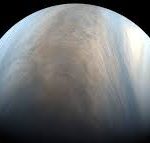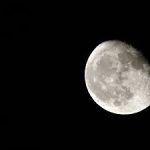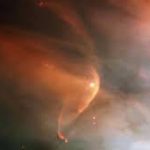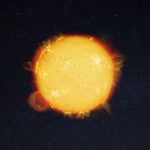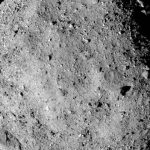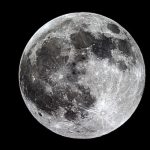Microbial Life on Venus? Here’s What You Really Need to Know About The Major Discovery0
- From Around the Web, Space
- September 14, 2020
Venus, the Evening Star, may gleam prettily in our night sky, but up close it’s about as inhospitable as a rocky planet can be, with sulphuric acid rains, a suffocating CO2 atmosphere, and a surface atmospheric pressure up to 100 times greater than Earth’s.

